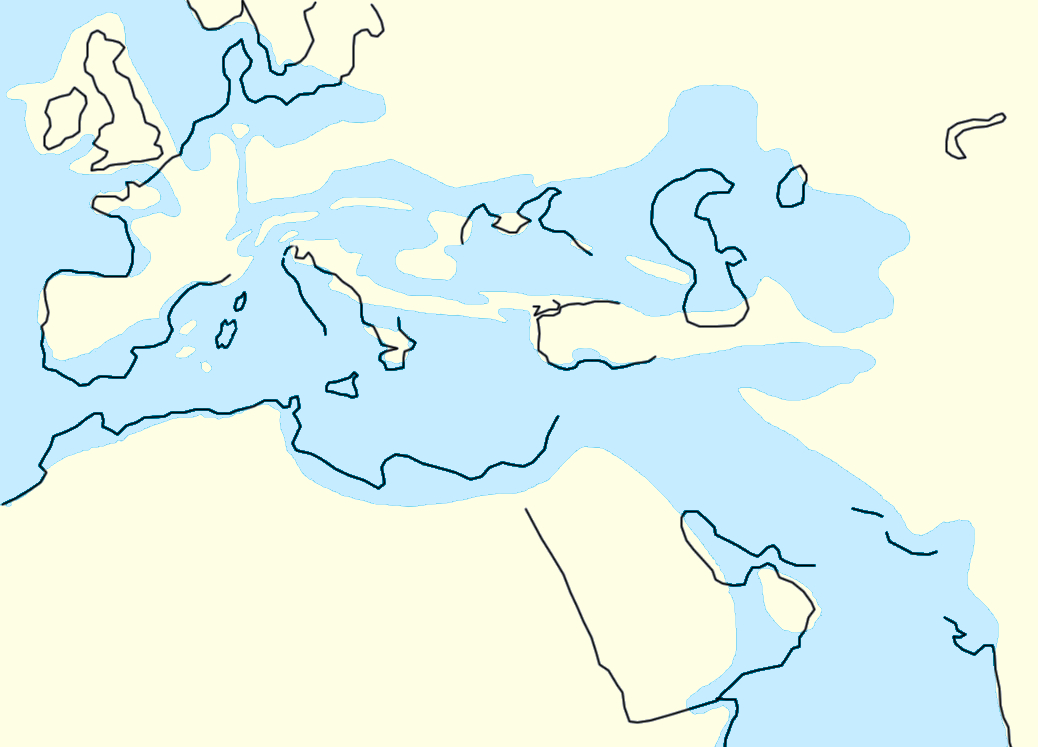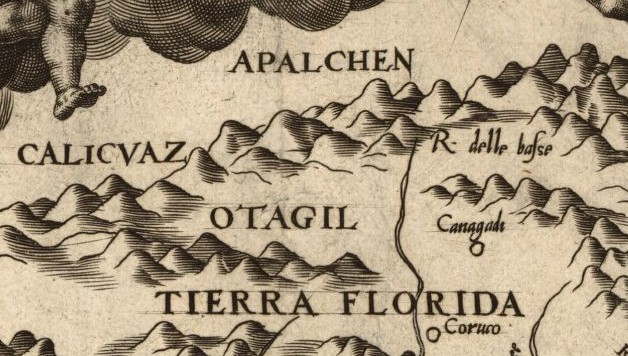|
Somatochlora
''Somatochlora'', or the striped emeralds, is a genus of dragonflies in the family Corduliidae with 42 described species found across the Northern Hemisphere. Taxonomy The name ''Somatochlora'' is derived from the Greek ''soma'' (body) and ''khloros'' (green). The species '' Corduliochlora borisi'' was formerly treated as a member of ''Somatochlora''. Description Members of this genus are medium-sized dragonflies with dark bodies and a metallic green lustre. The eyes are brilliant green, and many species have dull to bright yellow markings on the thorax and/or abdomen. The abdomens of males are distinctive, with the first two segments bulbous-shaped, the third constricted, and the rest of the abdomen club-shaped with a straight ending. Females have abdomens with straighter sides. Identifying these dragonflies to species can be difficult. The cerci of males, on the tip of the abdomen, are distinctively shaped in each species, as are the subgenital plates on female abdomens. In s ... [...More Info...] [...Related Items...] OR: [Wikipedia] [Google] [Baidu] |
Brilliant Emerald (Somatochlora Metallica) Teneral Female 3
The brilliant emerald, ''Somatochlora metallica'', is a middle-sized species of dragonfly. It is the largest and greenest of the ''Somatochlora'' species; long. ''S. metallica'' is found across most of northern Eurasia where it is the commonest of its genus. In Great Britain, it is locally common in south east England and has a very restricted population in Scotland. The East Asian ''Somatochlora vera'', scientifically described in 1914 by Aleksandr Bartenev based on a specimen from Ussuri, Siberia Siberia ( ; rus, Сибирь, r=Sibir', p=sʲɪˈbʲirʲ, a=Ru-Сибирь.ogg) is an extensive geographical region, constituting all of North Asia, from the Ural Mountains in the west to the Pacific Ocean in the east. It has been a part o ... (and later also reported in northern China), is typically treated as part of ''S. metallica'', but has also been considered a synonym of the East Asian '' S. exuberata''. References Corduliidae Dragonflies of Europe Insects de ... [...More Info...] [...Related Items...] OR: [Wikipedia] [Google] [Baidu] |
Somatochlora Semicircularis
''Somatochlora semicircularis'', the mountain emerald, is a species of emerald dragonfly in the family Corduliidae. It is found in North America. The IUCN conservation status of ''Somatochlora semicircularis'' is "LC", least concern, with no immediate threat to the species' survival. The population Population typically refers to the number of people in a single area, whether it be a city or town, region, country, continent, or the world. Governments typically quantify the size of the resident population within their jurisdiction using ... is stable. References Further reading * Corduliidae Articles created by Qbugbot Insects described in 1871 {{dragonfly-stub ... [...More Info...] [...Related Items...] OR: [Wikipedia] [Google] [Baidu] |
Somatochlora Flavomaculata
''Somatochlora flavomaculata'', also called yellow-spotted emerald, is a common species of dragonfly in the family Corduliidae. Its distribution stretches from France to Siberia and Mongolia. It frequents wetlands in its range. The males are known to defend their territory. Identification Unlike other dragonflies that are metallic green, the species has yellow spots on its thorax and abdomen. Females have the largest spots, and the spots are brighter on young specimens. Spots on the abdomen become darker as an individual ages and may later become almost invisible. The species is similar to ''Somatochlora metallica'', also known as brilliant emerald, but it has more yellow on top of its abdomen with yellow going down its sides. ''S. flavomaculata'' is also smaller than ''S. metallica''. Behavior The males defend their territory on dry vegetation, paths by bushes and trees, in a reedbed's glades, and waterbodies. Near the end of its breeding cycle, the waterbodies are often patro ... [...More Info...] [...Related Items...] OR: [Wikipedia] [Google] [Baidu] |
Corduliidae
The Corduliidae, also knowns as the emeralds, emerald dragonflies or green-eyed skimmers, is a family of dragonflies. These dragonflies are usually black or dark brown with areas of metallic green or yellow, and most of them have large, emerald-green eyes. The larvae are black, hairy-looking, and usually semiaquatic. This family include species called "baskettails", "emeralds", "sundragons", "shadowdragons", and "boghaunters". They are not uncommon and are found nearly worldwide, but some individual species are quite rare. Hine's emerald dragonfly (''Somatochlora hineana''), for example, is an endangered species in the United States. Selected genera Some genera included in this family are: * '' Aeschnosoma'' * '' Antipodochlora'' – Dusk dragonfly * '' Cordulia'' – American emeralds * '' Corduliochlora'' * '' Cordulisantosia'' * '' Dorocordulia'' – little emeralds * '' Epitheca'' – baskettails * '' Guadalca'' * '' Helocordulia'' – sundragons * ''Hemicordulia ... [...More Info...] [...Related Items...] OR: [Wikipedia] [Google] [Baidu] |
Corduliochlora Borisi
The Bulgarian emerald, ''Corduliochlora borisi'', is a species of dragonfly in the family Corduliidae, and the only species in the genus ''Corduliochlora''. It is found in Bulgaria, Greece, and Turkey. Its natural habitat is rivers. It is threatened by habitat loss. The species is named after Boris Marinov. It was formerly treated as a member of the genus ''Somatochlora ''Somatochlora'', or the striped emeralds, is a genus of dragonflies in the family Corduliidae with 42 described species found across the Northern Hemisphere. Taxonomy The name ''Somatochlora'' is derived from the Greek ''soma'' (body) and ''khl ...''. References Sources * Corduliidae Taxonomy articles created by Polbot Insects described in 2001 Taxobox binomials not recognized by IUCN {{Corduliidae-stub ... [...More Info...] [...Related Items...] OR: [Wikipedia] [Google] [Baidu] |
Dragonfly
A dragonfly is a flying insect belonging to the infraorder Anisoptera below the order Odonata. About 3,000 extant species of true dragonfly are known. Most are tropical, with fewer species in temperate regions. Loss of wetland habitat threatens dragonfly populations around the world. Adult dragonflies are characterized by a pair of large, multifaceted compound eyes, two pairs of strong, transparent wings, sometimes with coloured patches, and an elongated body. Many dragonflies have brilliant iridescent or metallic colours produced by structural colouration, making them conspicuous in flight. An adult dragonfly's compound eyes have nearly 24,000 ommatidia each. Dragonflies can be mistaken for the closely related damselflies, which make up the other odonatan infraorder ( Zygoptera) and are similar in body plan though usually lighter in build; however, the wings of most dragonflies are held flat and away from the body, while damselflies hold their wings folded at rest, along or ... [...More Info...] [...Related Items...] OR: [Wikipedia] [Google] [Baidu] |
Oligocene
The Oligocene ( ) is a geologic epoch of the Paleogene Period and extends from about 33.9 million to 23 million years before the present ( to ). As with other older geologic periods, the rock beds that define the epoch are well identified but the exact dates of the start and end of the epoch are slightly uncertain. The name Oligocene was coined in 1854 by the German paleontologist Heinrich Ernst Beyrich from his studies of marine beds in Belgium and Germany. The name comes from the Ancient Greek (''olígos'', "few") and (''kainós'', "new"), and refers to the sparsity of extant forms of molluscs. The Oligocene is preceded by the Eocene Epoch and is followed by the Miocene The Miocene ( ) is the first geological epoch of the Neogene Period and extends from about (Ma). The Miocene was named by Scottish geologist Charles Lyell; the name comes from the Greek words (', "less") and (', "new") and means "less recent" ... Epoch. The Oligocene is the third and final epoch of ... [...More Info...] [...Related Items...] OR: [Wikipedia] [Google] [Baidu] |
Stream
A stream is a continuous body of surface water flowing within the bed and banks of a channel. Depending on its location or certain characteristics, a stream may be referred to by a variety of local or regional names. Long large streams are usually called rivers, while smaller, less voluminous and more intermittent streams are known as streamlets, brooks or creeks. The flow of a stream is controlled by three inputs – surface runoff (from precipitation or meltwater), daylighting (streams), daylighted subterranean river, subterranean water, and surfaced groundwater (Spring (hydrology), spring water). The surface and subterranean water are highly variable between periods of rainfall. Groundwater, on the other hand, has a relatively constant input and is controlled more by long-term patterns of precipitation. The stream encompasses surface, subsurface and groundwater fluxes that respond to geological, geomorphological, hydrological and biotic controls. Streams are importan ... [...More Info...] [...Related Items...] OR: [Wikipedia] [Google] [Baidu] |
Appalachian Mountains
The Appalachian Mountains, often called the Appalachians, (french: Appalaches), are a system of mountains in eastern to northeastern North America. The Appalachians first formed roughly 480 million years ago during the Ordovician Period. They once reached elevations similar to those of the Alps and the Rocky Mountains before experiencing natural erosion. The Appalachian chain is a barrier to east–west travel, as it forms a series of Ridge-and-Valley Appalachians, alternating ridgelines and valleys oriented in opposition to most highways and railroads running east–west. Definitions vary on the precise boundaries of the Appalachians. The United States Geological Survey (USGS) defines the ''Appalachian Highlands'' Physiographic regions of the world, physiographic division as consisting of 13 provinces: the Atlantic Coast Uplands, Eastern Newfoundland Atlantic, Maritime Acadian Highlands, Maritime Plain, Notre Dame and Mégantic Mountains, Western Newfoundland Mountains, Pied ... [...More Info...] [...Related Items...] OR: [Wikipedia] [Google] [Baidu] |
Circumboreal
The Circumboreal Region in phytogeography is a floristic region within the Holarctic Kingdom in Eurasia and North America, as delineated by such geobotanists as Josias Braun-Blanquet and Armen Takhtajan. It is the largest floristic region in the world by area, comprising most of Canada, Alaska, Europe, Caucasus and Russia, as well as North Anatolia (as the southernmost part of the region) and parts of northern New England, Michigan, Minnesota, and the Turtle Mountains of North Dakota. Northern portions of the region include polar desert, taiga and tundra biomes. Many geobotanists divide Eurasian and North American areas into two distinct regions. The continents, however, share much of their boreal flora (e.g. '' Betula nana'', '' Alnus viridis'', '' Vaccinium vitis-idaea'', '' Arctostaphylos uva-ursi''). The flora was severely impoverished during glaciations in the Pleistocene. The region is bordered by Eastern Asiatic, North American Atlantic, Rocky Mountain, Mediterran ... [...More Info...] [...Related Items...] OR: [Wikipedia] [Google] [Baidu] |
_teneral_female_3.jpg)


_nahe_dem_Weiherdamm_in_Wildbergerhütte.jpg)

.png)